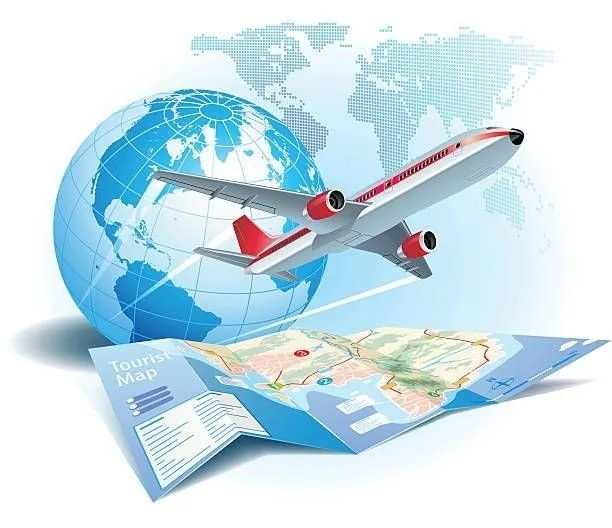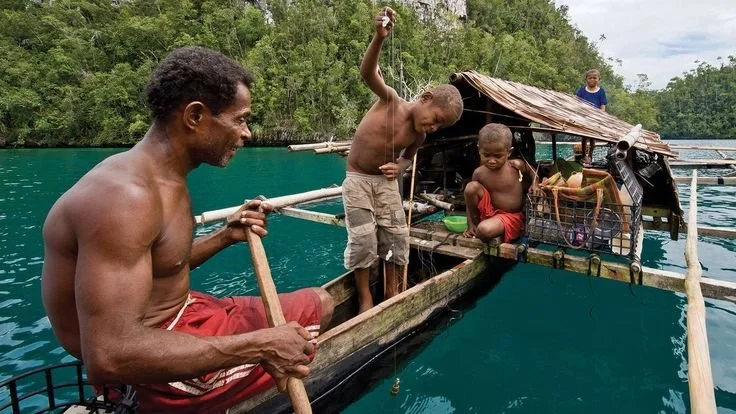Introduction: World-Class Diving Without the Luxury Price Tag
Indonesia’s oceans are among the richest and most diverse in the world — from Komodo’s adrenaline-filled drifts to Raja Ampat’s manta cleaning stations and coral gardens.
At Liquid Adventures Indonesia, we believe diving these UNESCO-protected waters should be accessible, not exclusive. That’s why our liveaboards — Kira Kira and Akomo Isseki — are built to deliver world-class diving at an affordable price, with all the comfort, safety, and spirit of adventure you could want.




















